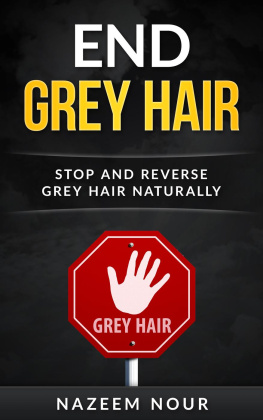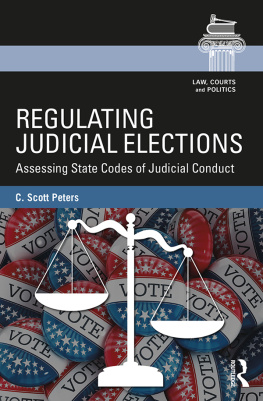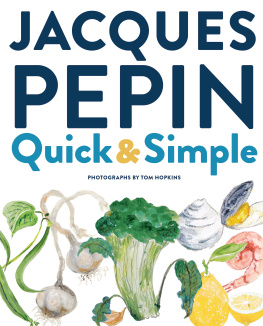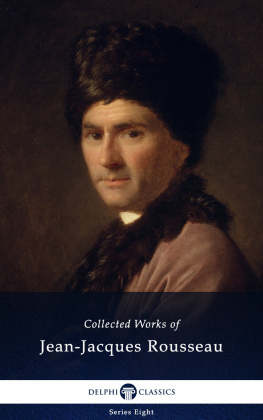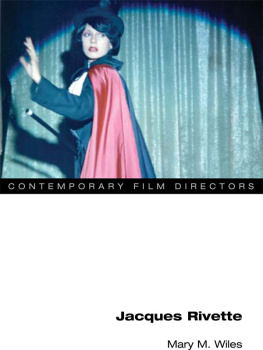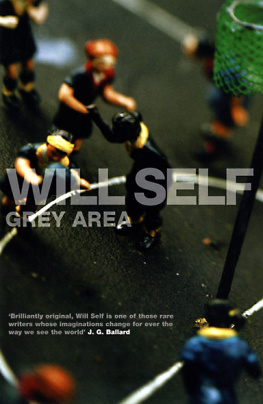First published in 2019 by
UCL Press
University College London
Gower Street
London WC1E 6BT
Available to download free: www.ucl.ac.uk/ucl-press
Text Scott Jacques, 2019
Images Author and copyright holders named in captions, 2019
Scott Jacques has asserted his right under the Copyright, Designs and Patents Act 1988 to be identified as author of this work.
A CIP catalogue record for this book is available from The British Library.
This book is published under a Creative Commons 4.0 International license (CC BY 4.0). This license allows you to share, copy, distribute and transmit the work; to adapt the work and to make commercial use of the work providing attribution is made to the authors (but not in any way that suggests that they endorse you or your use of the work). Attribution should include the following information:
Jacques, S. 2019. Grey Area: Regulating Amsterdams Coffeeshops. London, UCL Press. https://doi.org/10.14324/111.9781787355880
Further details about Creative Commons licenses are available at
http://creativecommons.org/licenses/
ISBN: 978-1-78735-590-3 (Hbk.)
ISBN: 978-1-78735-589-7 (Pbk.)
ISBN: 978-1-78735-588-0 (PDF)
ISBN: 978-1-78735-591-0 (epub)
ISBN: 978-1-78735-592-7 (mobi)
ISBN: 978-1-78735-593-4 (html)
DOI: https://doi.org/10.14324/111.9781787355880
To my parents and Jake Jacquesa
Many more people have contributed to this book than I remember. To anyone I have left unmentioned, please forgive me. I am indebted to the people who agreed to be interviewed and observed for this study; its funders, the National Science Foundation, University of Missouri Research Board, and the Netherlands Institute for the Study of Crime and Law Enforcement (NSCR), which also gave me a work home in Amsterdam; the Department of Criminology and Criminal Justice at the University of MissouriSt Louis for its support; Rick Rosenfeld and Richard Wright, who are the grants PIs and helped in various capacities, as did Margit Averdijk, Wim Bernasco, Frank van Gemert, Danielle Reynald and Benny de Vries; Chris Penfold, the anonymous reviewers and all at UCL Press for turning a monograph into this book. Finally I would like to thank my best mentors, Lynn and Tom Jacques, and my best colleague, Andrea Allen Jacques, for dealing with me.
My first trip to Amsterdam was for a couple of days in the autumn of 2003. A second-year student at the University of Georgia, I was studying abroad at Oxford, just a few hours by air from Amsterdam. Years before, I had learned how to smoke marijuana and enjoy its effects, probably too much so.1 For stoners like my former self, visiting Amsterdams coffeeshops is a recreational pilgrimage.2 There a smoker can purchase cannabis and get high without fear of legal trouble, despite it being an illegal activity.3 This was a welcome change from the accustomed stress of acquiring weed in the United States.4
I arrived at Amsterdams Schiphol Airport in the early afternoon and boarded a train to Central Station. I exited its main doors, walked across Prins Hendrikkade and set off down Damrak. This wide avenue is lined with stone buildings about six storeys in height. These are occupied by establishments normal to a city centre: hotels, souvenir shops, restaurants, sex museum. Nearing the end of this avenue, a young woman of about my age asked for spare change to buy food. I offered to get her a McDonalds, which I saw a few doors down, but she turned her back and walked away. I guessed that what she really wanted was money to buy drugs, but who was I to judge?
Damrak ends at Dam Square, about a couple football pitches in size. Straight ahead is Madame Tussauds and another avenue, Rokin, which leads toward the Flower Market. Further down is the Rijksmuseum, Van Gogh Museum and Heineken Factory. To the right are two impressive buildings, New Church and Royal Palace. Going in that direction eventually takes you to Anne Franks House. Heading in the other direction, as I did, brings you past a massive shopping mall on the left, De Bijenkorf. In the squares centre is the National Monument, a 72-foot high pillar. People gather on its steps to people-watch, sometimes while smoking a joint.5 The spot has changed quite a bit since the city executed criminals here, a few centuries ago.6
Following the map to my hostel, The Bulldog, I ventured past the National Monument to Damstraat. This short street is a gateway into the citys red light district, the birthplace of coffeeshops.7 These little establishments are a big deal, having sown the seeds for drug policy reform in Portugal, Australia, the United States, Uruguay, Canada and beyond.8 About half way down Damstraat, I noticed Coffeeshop Paradise on my right. Above the door was a green and red neon sign, its name surrounded by palm trees.9 I went inside and took in the atmosphere: a Rasta motif of Pan-African colours and Bob Marley posters on the wall, with his music playing over the speakers.
I noticed a sales counter in the back left corner. Unsure how this worked, I walked up, admitted my ignorance to the dealer and humbly requested assistance. He showed me two menus, one for cannabis, the other for drinks and food. The cannabis menu had several types of marijuana and hashish, ranging in price from about 10 to 20 per gram. He offered to let me inspect the options by taking a close look and a whiff. I made a selection, purchased provisions (rolling papers, lighter, green tea) and took a seat at a small round table by the window.
The subsequent details of my trip are hazy, but it was an informative experience. From afar, I saw Amsterdams coffeeshops as an exotic feature of the drug market landscape. Yet once the novelty wore off, coffeeshops appeared mundane, even boring. Emma, the manager of a coffeeshop whom I interviewed years later, joked that passing out is usually the most excitement you get. Coffeeshops are under control. At the time, I gave this little consideration. If anything, I assumed it is a byproduct of people being high.10 Years later I discovered that the civilised atmosphere is more than a secondhand effect.11 Rather, order in the midst of smoke is key to Dutch drug policy. Coffeeshops do not have a carte blanche to sell cannabis. The government allows them to break the law, but not the rules.
*****
Coffeeshops are known internationally as the most famous example of Dutch tolerance.12 Yet the Netherlands does not in fact tolerate coffeeshops.13 Inaction is not the policy lever. Actually, coffeeshops are highly regulated.14 Surveillance and punishment make the policy work. Those tools are used to enforce the rules. The rules specify what coffeeshops can do, and cannot do, to be tolerated. This book examines the rules in Amsterdams coffeeshops: what they are; why they exist; how they are enforced; how they are broken and to what effect. What are the benefits? What are the problems? Does this strategy of control have utility?
I describe and explore the perspective of coffeeshop personnel, including owners, managers, dealers of cannabis and servers of drink and food.15 I interviewed and observed them while living in Amsterdam from September 2008 to May 2010,16 returning for the summers of 2011 and 2016 to keep in touch with the scene.17 Geographically, I focus on coffeeshops in the 1012 postal code of Amsterdam. It is the citys centre and its oldest part.18 The 1012, for short, is about a square kilometre in size (Figure 0.1). It is bordered on the north by the Prins Hendrikkade, which recall runs along Central Station; on the east by the Geldersekade and Kloveniersburgwal Canals; and, on the south and west by the Singel Canal. Damrak and Rokin constitute the areas spine, with an oversized heart made up of the infamous red light district. I also looked at Haarlemmerstraat, which technically lies outside the 1012 postal code, but is geographically and socially contiguous.



